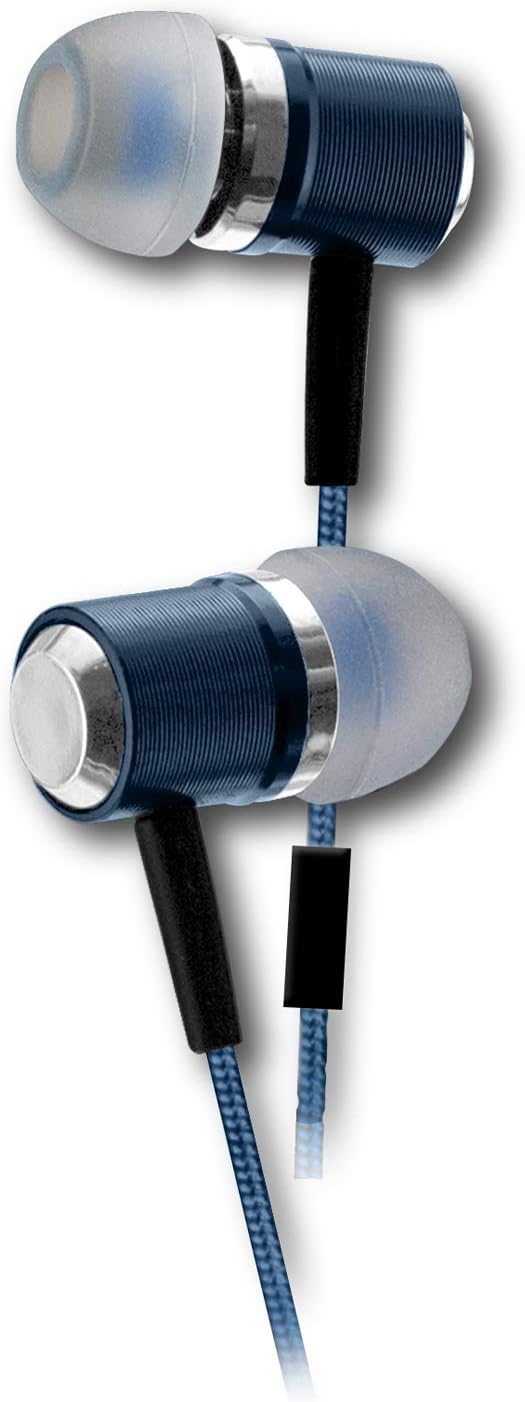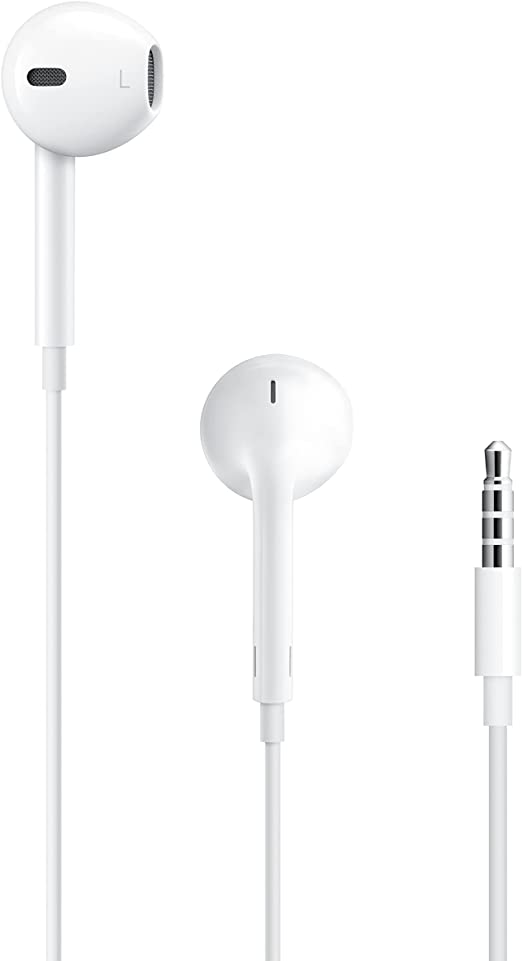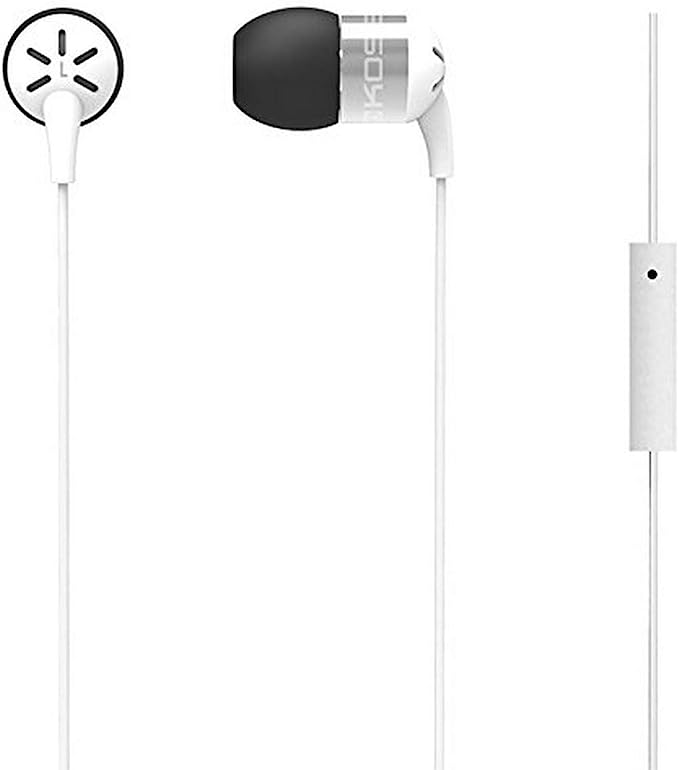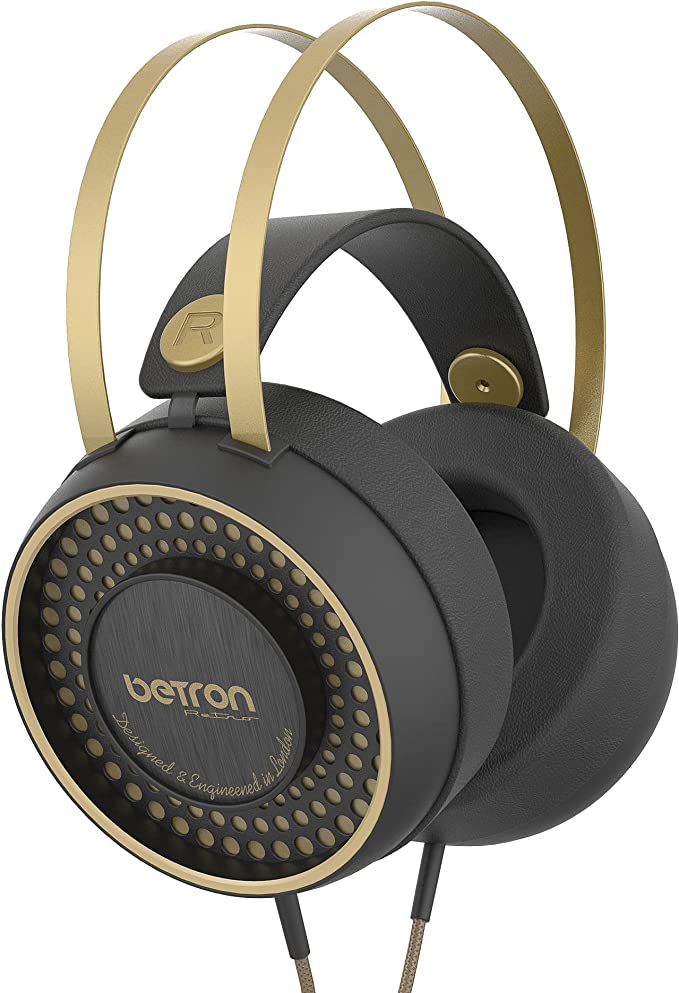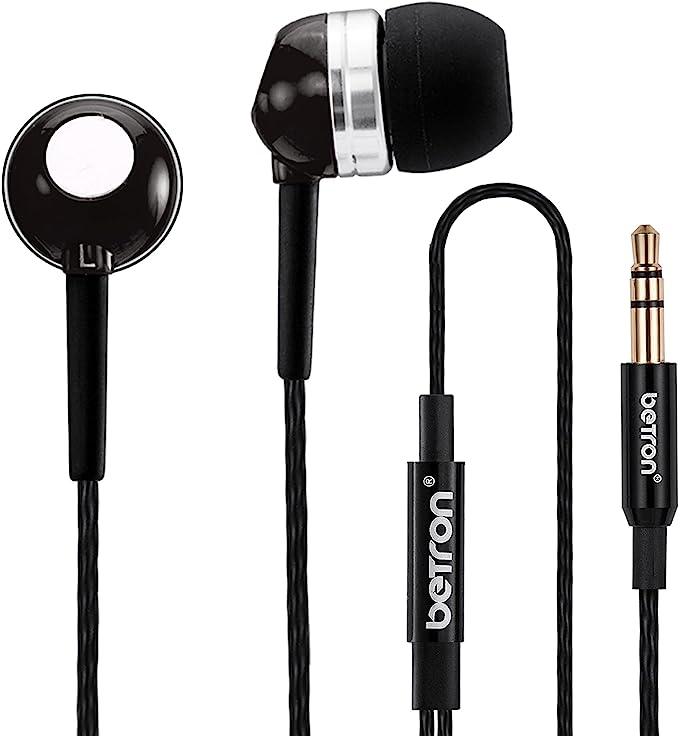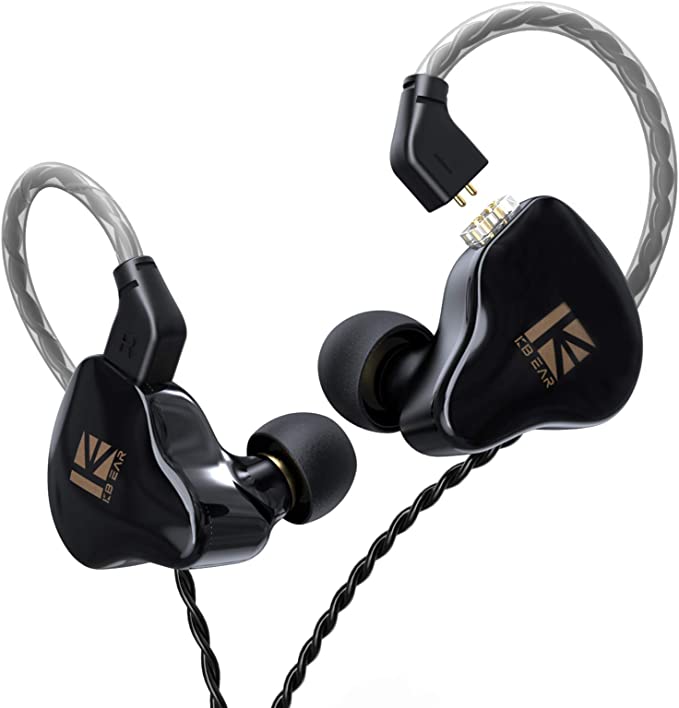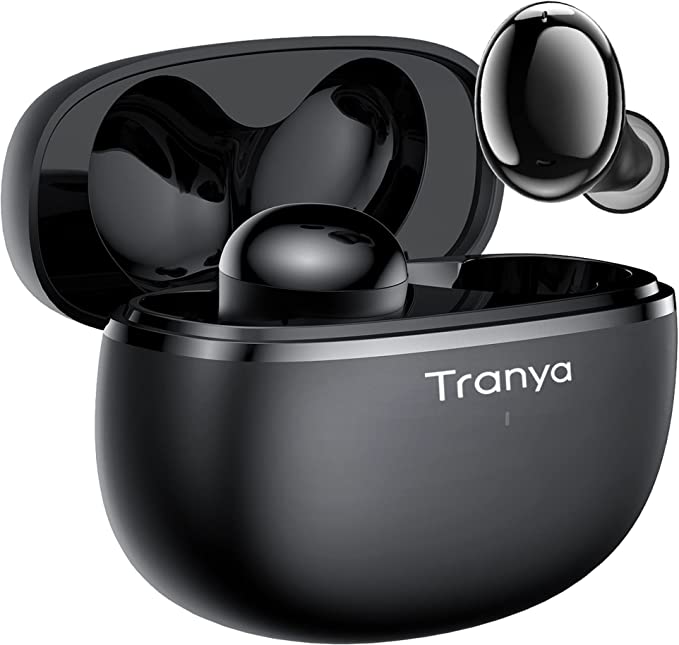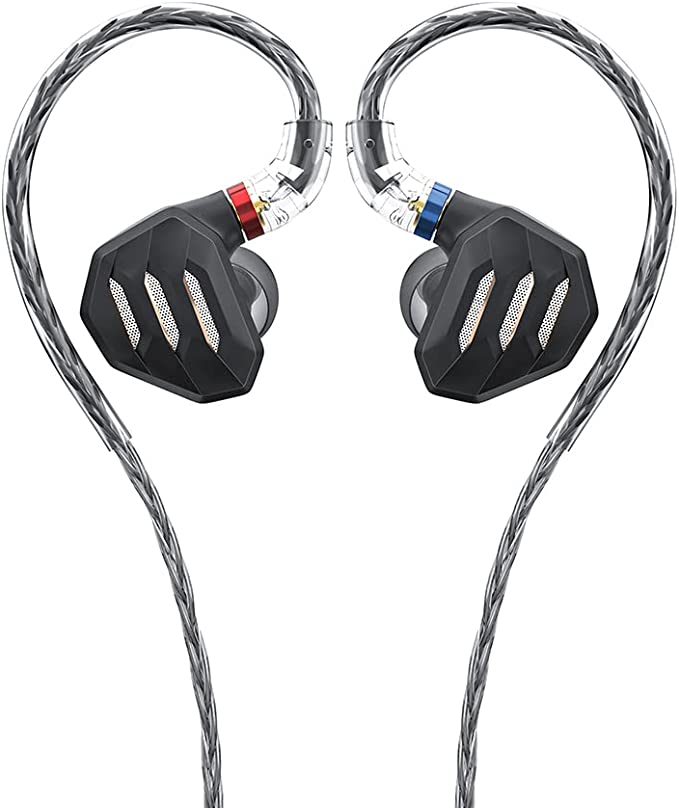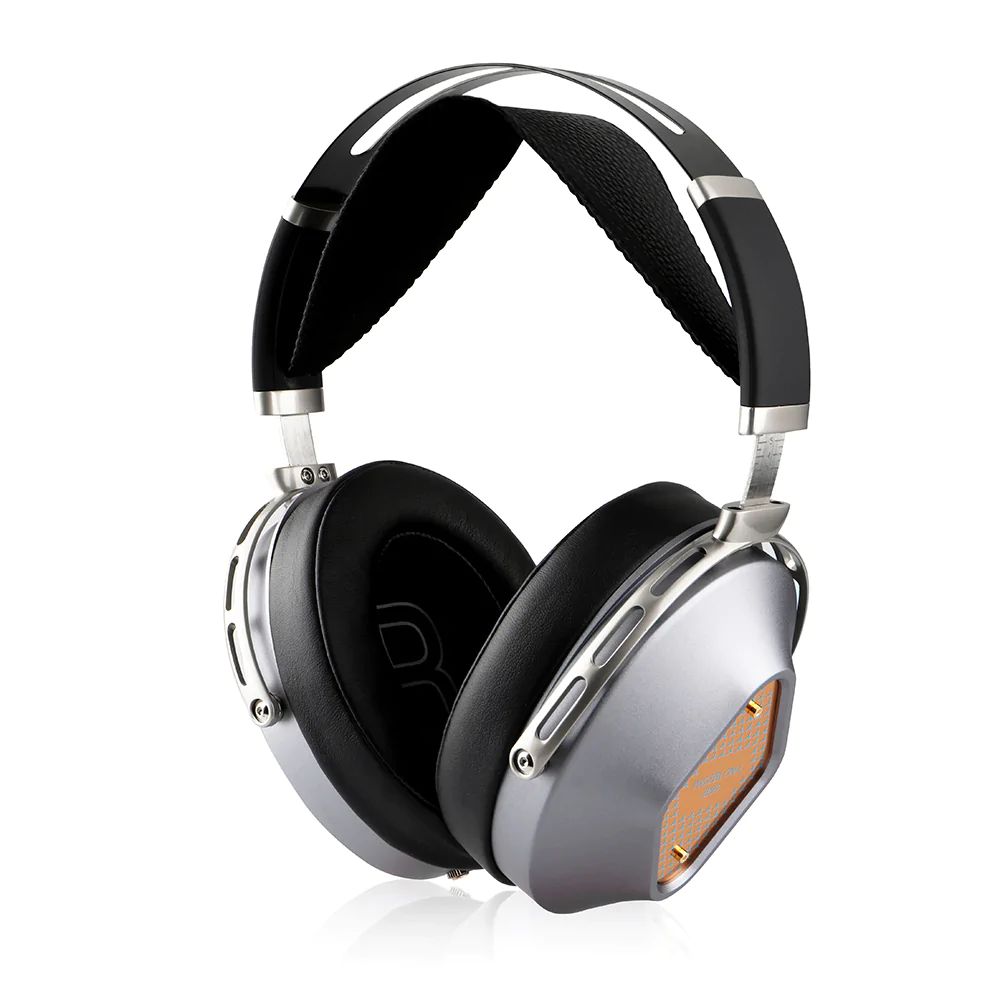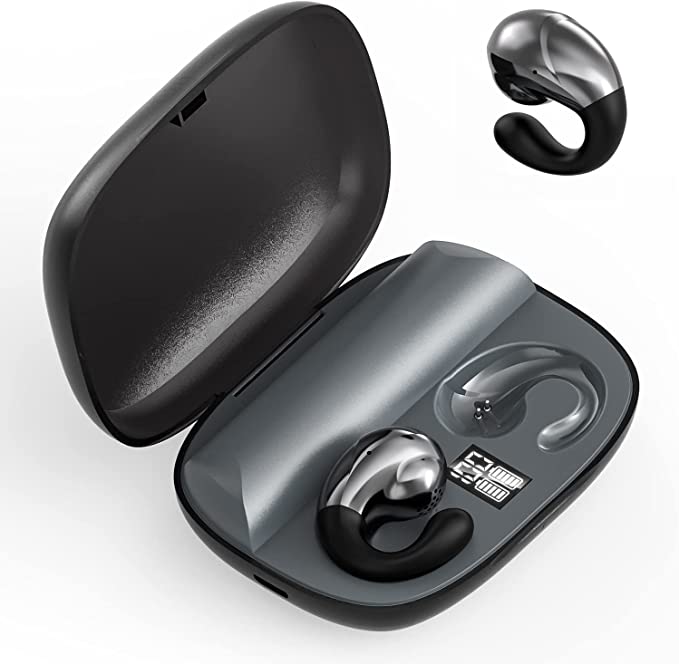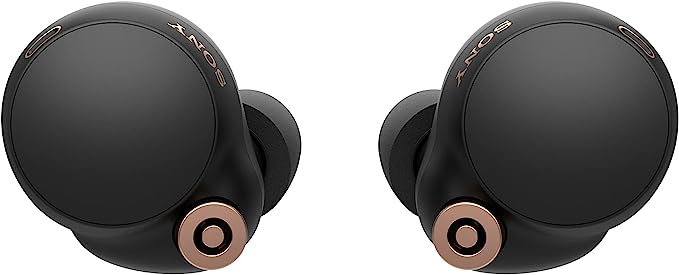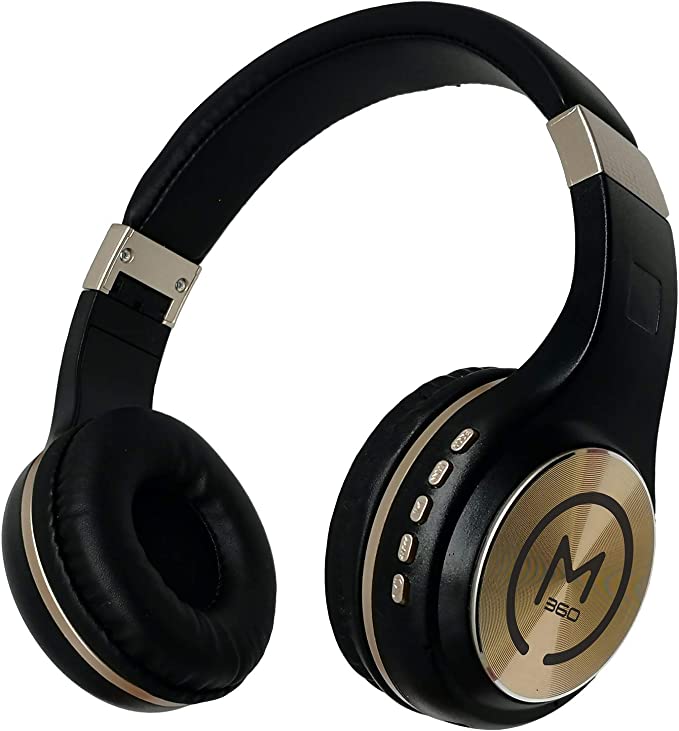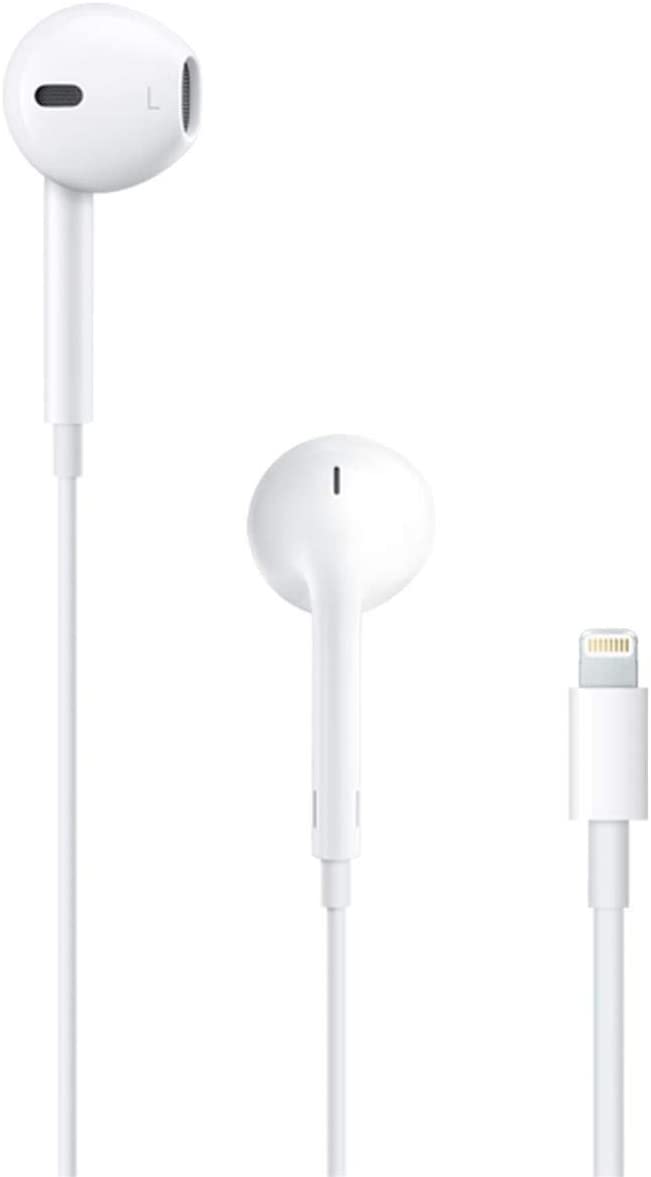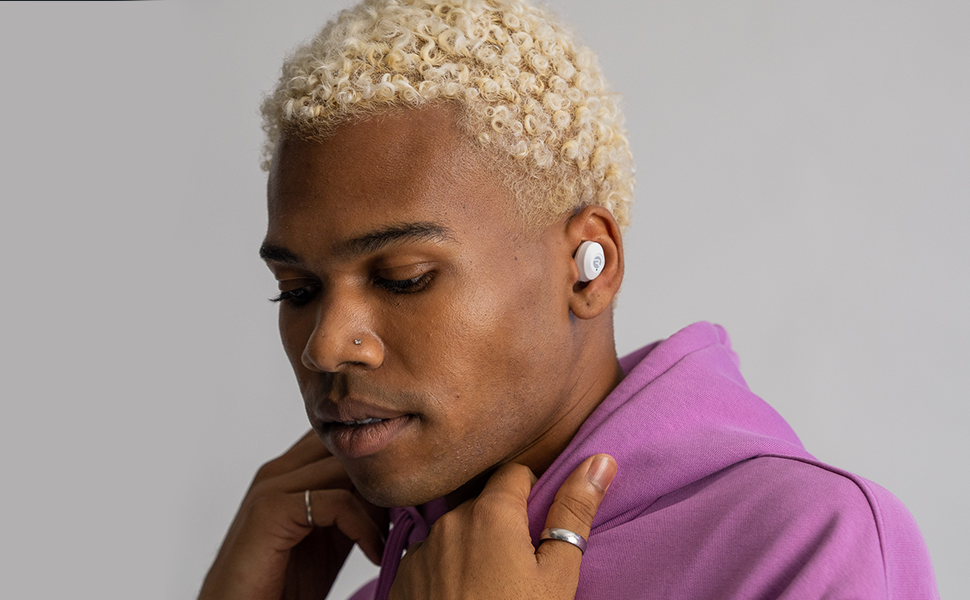Jayfi D2 Quad Dynamic Drivers Earbuds: A Symphonic Bliss for Your Ears
Update on June 30, 2025, 8:57 a.m.
I remember my first pair of “real” headphones. They were flimsy, foam-padded things that came with a portable cassette player, the kind whose cable always seemed to get tangled in a jacket zipper. The sound was thin, scratchy, and leaked so much that anyone sitting next to me on the bus got a free, tinny version of my favorite mixtape. And yet, there was a simple joy to it. It worked.
Today, we live in a different world. We’re bombarded with specifications that sound like they’ve been pulled from a starship’s engineering manual. Take, for instance, the Jayfi D2 Quad Dynamic Drivers Wired EarBuds. The name itself is a mouthful of technological promise. Four drivers. High-resolution audio. Noise isolation. The spec sheet paints a picture of a miniature concert hall, precision-engineered for auditory bliss.
But then you look at the real-world feedback, and a fascinating mystery unfolds. While some users are satisfied, a significant number report a sound that is “tinny,” “muffled,” and possessing a “complete absence of bass.” How can a device with four dedicated engines for sound end up sounding, to some, like a single, sputtering cylinder? This is the ghost in the machine—the invisible factor that lives between the gleaming promise of technology and the messy reality of human experience. To find it, we need to pop the hood.

The Allure of the Orchestra Within
At the heart of the Jayfi D2 lies its “Quad Dynamic Driver” system. To understand this, let’s use an analogy. Think of a single-driver earbud as a talented solo musician trying to play every instrument in an orchestra. They might be a virtuoso, but they can’t play the deep notes of a cello and the high trills of a flute at the exact same time without compromise.
A multi-driver system, in theory, is like a full orchestra. It employs a crucial piece of technology called a crossover network, which acts as the conductor. This conductor directs the musical score—the audio signal—to specialized sections. The low frequencies are sent to the “cellos” (larger drivers tuned for bass), the midrange to the “violins” (drivers for vocals and guitars), and the high frequencies to the “flutes” (tiny, fast drivers for cymbals and hi-hats).
When this works, the result is breathtaking clarity. Each “instrument” has room to breathe, revealing layers in the music you might never have noticed before. This is the engineering ideal that the D2 strives for—a perfectly balanced, high-resolution soundstage.

The Unsung Heroes: The Body and The Wire
But an orchestra’s performance is also affected by the hall it plays in. In an earbud, that “hall” is the physical housing. The D2 uses a hybrid of zinc alloy and ABS plastic, and this choice is pure acoustic science. You see, you don’t want the earphone’s body to vibrate along with the music. Unwanted vibration, or acoustic resonance, adds its own coloration to the sound, like an echo in a bad concert hall. The dense, rigid zinc alloy acts as a form of damping, absorbing these stray vibrations and ensuring the sound remains pure. The lighter ABS plastic is there for comfort, keeping the robust construction from feeling heavy in your ear.
The same thoughtful design extends to the KEVLAR-TPE cable. It’s not just a wire; it’s a lifeline. The Kevlar fibers provide immense tensile strength, protecting against the accidental yanks and pulls of daily life. The flexible TPE coating does something equally important: it mitigates the “stethoscope effect,” or microphonics. This is that annoying thump-thump you hear when a cable rubs against your shirt. The TPE absorbs that physical noise before it can travel up the wire and interfere with your music.

The Moment of Truth: When Physics Meets Physiology
So we have a miniature orchestra playing in a purpose-built concert hall. By all accounts, the sound should be spectacular. Yet, for some listeners, the orchestra sounds like it’s missing its entire cello section. Why?
This is where the ghost in the machine finally reveals itself. It’s not a flaw in the drivers or a defect in the materials. It is a fundamental principle of audio science, one that is especially critical for in-ear headphones: the acoustic seal.
Imagine a bass drum. To get a deep, booming sound, the drum skin must be sealed airtight to its frame. This allows the vibrating skin to effectively move a column of air, creating the powerful, low-frequency pressure wave we perceive as bass. If you poke a hole in that drum skin, the pressure escapes, and the boom becomes a feeble thwack.
Your ear canal is that drum frame, and the earbud’s silicone tip is the drum skin.
For you to hear the rich, full bass the drivers are capable of producing, the eartip must create a perfect, airtight seal inside your ear canal. If the seal is incomplete—if the eartip is too large, too small, or not inserted at the right angle—the low-frequency pressure waves leak out before they can ever reach your eardrum. The bass vanishes. The sound becomes thin and distant. The science of this is so critical that it has its own field: psychoacoustics, the study of how our brain perceives physical sound. A weak physical signal (due to a bad seal) is interpreted by our brain as weak sound.
This isn’t a flaw in the Jayfi D2. It’s the immutable law of in-ear audio. The manufacturer includes multiple eartip sizes not as a minor accessory, but as the single most critical component for unlocking the hardware’s potential.

You Are the Final Component
And so, the mystery is solved. The spec sheet wasn’t lying, but it was only telling half the story. A quad-driver earbud isn’t a magic bullet for good sound; it’s a high-performance engine that requires a skilled driver and the right set of tires to perform.
In this equation, you are the driver. Your unique ear anatomy is the racetrack, and the collection of silicone eartips is your garage of high-performance tires. The act of choosing the right tip and ensuring a perfect seal is you, the listener, completing the circuit. It’s the final, human touch that brings the cold, hard technology to life.
This is the ultimate lesson the Jayfi D2 teaches us. In our quest for better sound, we can get lost in a sea of specifications, obsessing over driver counts and materials. But true high-fidelity is a partnership between the machine and the body. The greatest ghost in the machine is, and always has been, us. Understanding that is the first step to making any pair of headphones—from the simplest foam-padded throwbacks to the most complex quad-driver marvels—truly sing.


